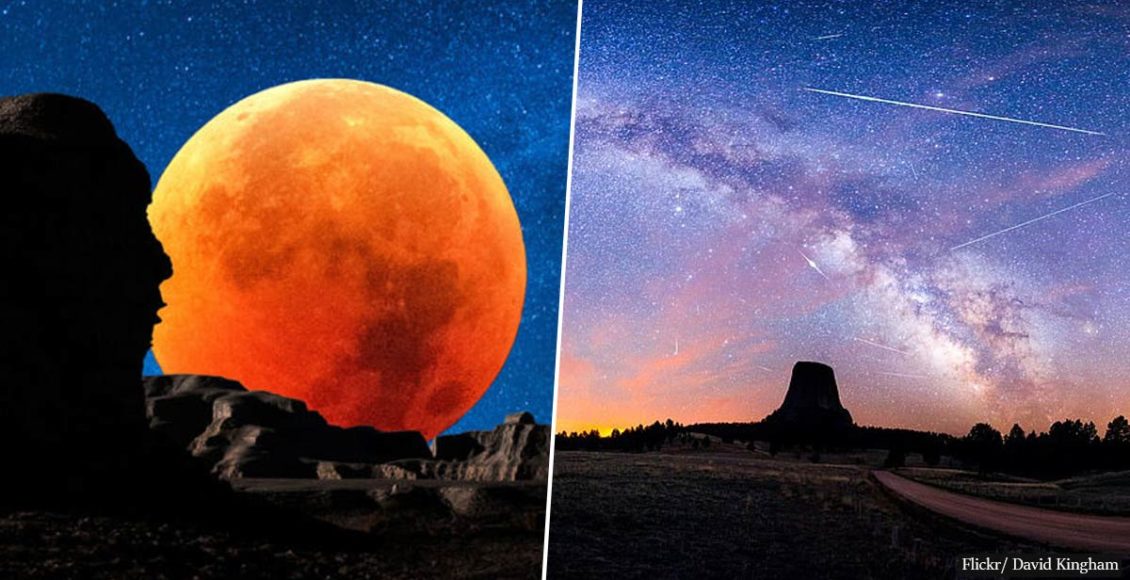The last supermoon of the year will appear on Thursday, May 7, offering skywatchers a final opportunity to gaze at the full moon in its biggest and brightest glory.
On this special event – also referred to as a perigean moon – the moon will pass by our planet at the nearest point of its monthly orbiting.
May’s full moon – also known as the Flower Moon, as it appears at the time of spring blossoms in the northern hemisphere, will pass at a distance of 224,000 miles from Earth, making it the 4th moon in a row to fall under the supermoon category.
In myth, April’s supermoon is also known as the Pink Moon.
This year, it graced the skies with an unusually bright light thanks to lowered air pollution and great weather.
Even without the use of binoculars or a telescope, people were able to see craters, basins, and other areas due to its closeness to our planet.
Thanks to an optical illusion that makes it appear larger than it is the moon seemed huge and appeared to be close to buildings and other objects on the horizon.
Take a peek at last month’s Pink Moon in the video below.
This month’s supermoon will also have an interesting effect on our oceans, with the added gravitational pull causing unusually high tides in the days after its nearest pass.
This can potentially result in some coastal floods, but only if it occurs at the same time as a severe weather event.
As per Met Office’s forecasts, the weather is not expected to be particularly rough.
“Although confidence is low during this time period, the most probable scenario is that dry weather should dominate, with some interludes of more changeable weather at times,” they stated.
“Towards the end of the period, there appears to be some signals that it may be more unsettled towards the north of the UK, with drier weather to the south.”
Meanwhile, from 19 Apr–28 May people will be able to spot the Eta Aquarids meteor showers which will peak on the night between 5–6 May.
The best way to observe them, as per NASA, is to lie on your back and gaze straight up as it grants you the widest view of the night sky without getting neck pains.
Meteors are parts of debris that storm into the atmosphere at speeds of up to 148,000 miles an hour – and as that happens they vaporize and emit streaks of light.
The Lyrid Meteor shower peaked last month.
Meteors cause the flashes in the atmosphere left behind as our planet passes the path of a comet.
That is why they appear on certain dates and return every year- they are on an orbit and leave debris in some parts of space.
Infamous for their extreme speeds, meteors will be entering the atmosphere of Earth and will leave a trail of shining debris behind them.
Will you be watching the Flower Moon or the meteor showers? Let us know your thoughts on the topic in the comments and please share this article if you’ve found it of value.



